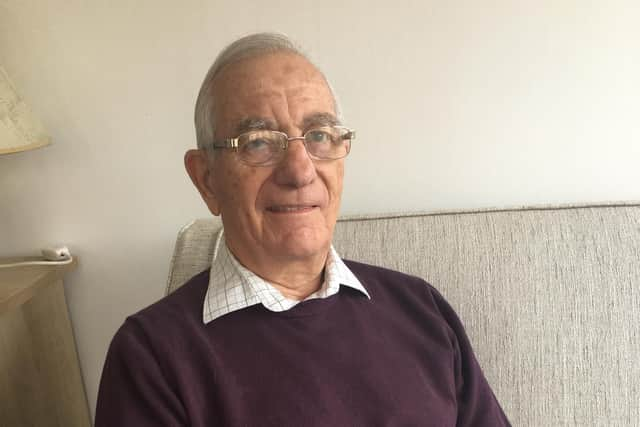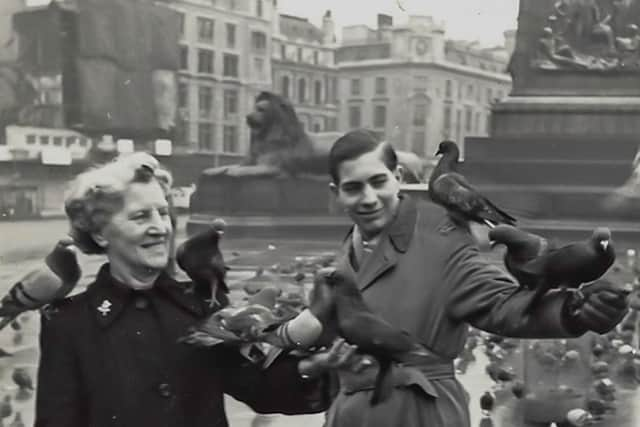Milton Keynes grandfather thanks the pioneer who saved his sight in medical first
and live on Freeview channel 276
The 80 year old was operated on by Sir Harold Ridley in 1956 when he was 16.
Jeffrey, a retired electrical engineer, said: “Initially I was told by my local hospital that I’d never be able to see with my right eye but my mum refused to accept that. We were eventually referred to Sir Harold Ridley at St Thomas’ Hospital. What he was doing wasn’t widely known about then but he said he could help me.
Advertisement
Hide AdAdvertisement
Hide Ad“By then the lens in my eye had gone opaque and my vision had started to get worse. Once my lens had been removed and the new one was inserted my vision was brilliant – and it stayed that way for 30 years.”


Jeffrey had accidentally pierced his right eye while playing darts. As a result he developed cataracts, a clouding of the lens in the eye which leads to a decrease in vision.
And as part of the 70th anniversary of the first successful lens implant operation - which was developed by Sir Harold, Jeffrey wanted to publicly thank the ophthalmologist, whose breakthrough has saved the sight of millions worldwide.
“Sir Harold was a pioneer – now so many people have the operation each day thanks to what he discovered.
Advertisement
Hide AdAdvertisement
Hide Ad“He was a brilliant surgeon. I would have completely lost my vision in my right eye without him. It was great my mum pushed for treatment because my life could have been very different without vision in one eye."


It was only by 1986, that Jeffrey’s artificial lens had started to rub against his cornea so it was removed at St Thomas’ and he was given contact lenses and a corneal graft. He said: “The team was amazed that the lens Sir Harold Ridley put in was still there. I’ve done very well with my sight for so long."
Sir Harold made his medical breakthrough after treating a Spitfire pilot who had Perspex in his eye. He noticed that, unlike most foreign bodies, the eye did not reject Perspex. He used this discovery to create an artificial lens made of Perspex to replace those in eyes which became clouded by cataracts.
Previously people with cataracts had the cloudy lens of the eye surgically removed and then needed to wear powerful thick glasses. At the time Sir Harold’s invention was a radical concept, which was initially resisted by much of the medical profession. By the 1980s it had become a routine procedure but involved a 1cm incision, stitches and a two-week recovery.
Advertisement
Hide AdAdvertisement
Hide AdToday it is the most common eye operation in the world. It has evolved and now only requires an incision of just 2mm to insert a lens which unfolds within the eye, no stitches and a same-day discharge. Some patients may even have no need to wear glasses afterwards.